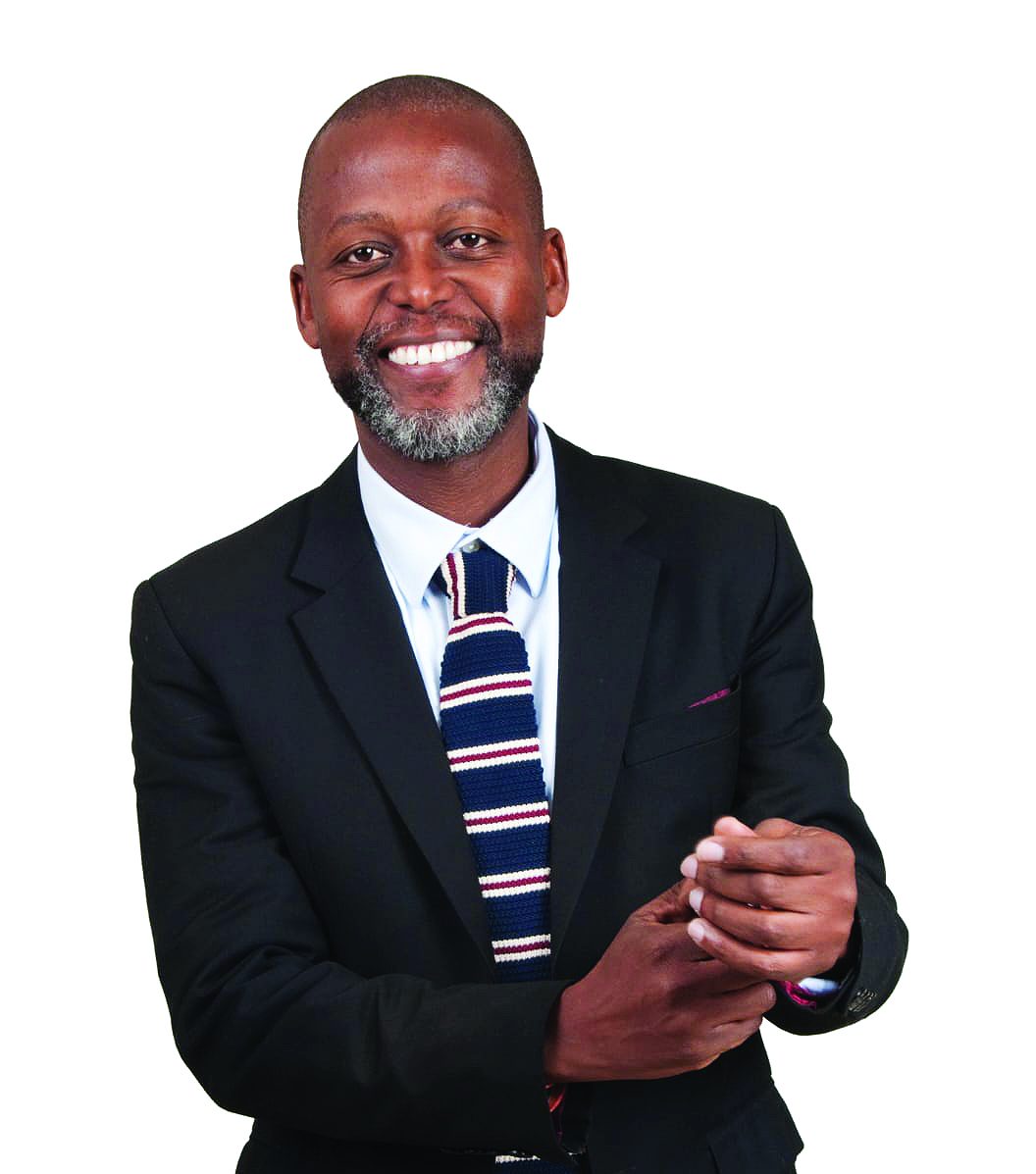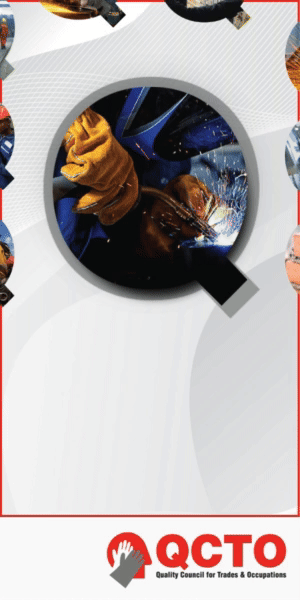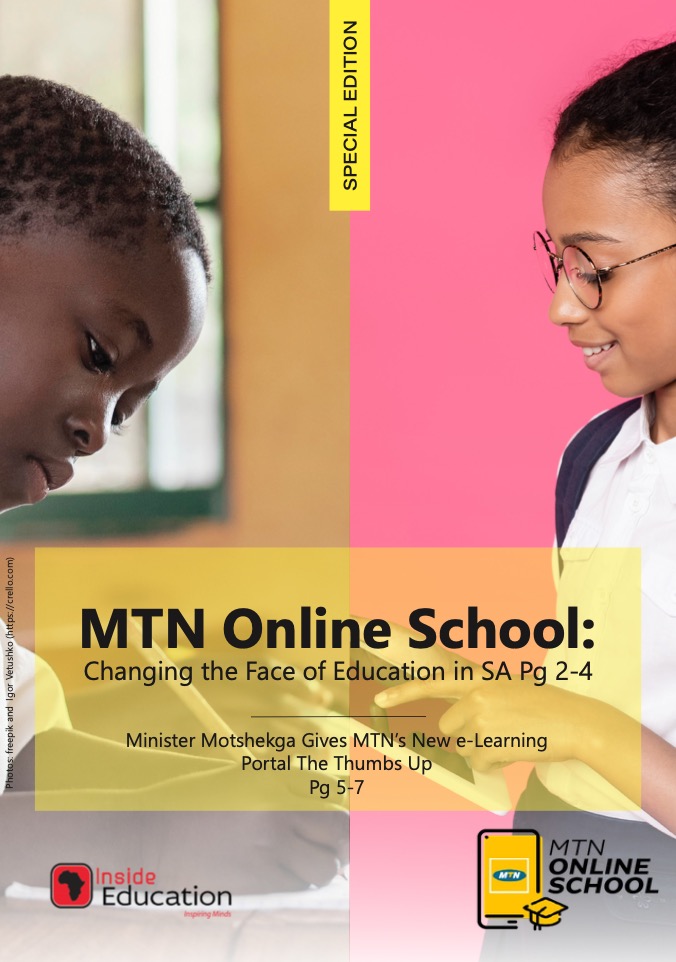By Xolisa Phillip
INSETA is pushing the envelope of what SETAs can do because of the fast-changing insurance landscape brought on by digital innovation.
The National Skills Development Plan (NSDP) directs SETAs to develop the public higher education system by working with universities, universities of technology, TVET colleges and, increasingly, Community Education and Training (CET) colleges.
“Insurance is one of those sectors where technology has moved ahead,” says Leslie Kwapeng, INSETA’s executive manager of operations.
The education and training authority is establishing a DigiHub at the Coastal TVET College in Durban to keep in step with the rapid Fourth Industrial Revolution (4IR)-related developments affecting the sector.
Kwapeng explains: “We thought we should have some kind of centre of excellence, where all those in the digital space who want to be incubated in these new technologies can have access to cutting-edge technology, covering the areas of drone piloting, robotics, generative AI, programming and data analysis.”
The DigiHub “has us all excited”, Kwapeng enthuses.
The Department of Higher Education and Training (DHET) strongly encourages SETAs to collaborate with TVET colleges and CETs.
“We are heeding that call,” he says.
As INSETA prepares to usher in the 2025-30 strategic term, it has placed greater priority on 4IR skills.
This is informed by data coming from the insurance sector, showing a shift in demand from information communication technology (ICT) to 4IR skills.
A major employer in the insurance sector is planning to introduce an Insurtech business and requires 4IR skills. The company approached INSETA for assistance to develop such skills
“They said to us that some of the functions [in the Insurtech] were so specialised they had to hire people from Norway, the US and India because those skillsets were not available in South Africa,” Kwapeng notes.
“We have to look into having those skills here. Our responsibility is to close that gap.”
That is why the entire envelope of 4IR skills is enjoying prominence at INSETA.
“We have realised that is where the world is moving – that is also where the world of insurance in South Africa is moving. Ours is to ensure we are responsive to providing those skillsets,” Kwapeng says.
There are 10 emerging occupations in the insurance industry; of those 10, about six involve ICT or 4IR skills.
“Data analytics is a big issue, especially when you look at the kind of support it has to offer the insurance industry,” Kwapeng states.
Data analytics assist the underwriting side of insurance while robotics and drones are useful when assessing damage claims.
When Bree Street in Johannesburg experienced an underground explosion 18 months ago, drones were deployed to ascertain the extent of the damage. This is increasingly becoming the case, especially in the context of climate change-induced damage and other disasters that make it difficult to access some sites and locations.
Together with the Durban University of Technology (DUT), “we have done work exploring some of these areas [in 4IR], especially drone technology,” says Kwapeng.
DUT is INSETA’s research chair for 4IR. The partnership has produced research called Job Shift, looking at how occupations are evolving in the insurance sector.
“They have done work on AI and how the use of 4IR is affecting small businesses, as well as other research output within the 4IR space,” Kwapeng says.
This all forms part of the NSPD and DHET directive that SETAs be proactive in post-school education and training. In addition to DUT, INSETA has partnered with other institutions.
The University of Cape Town has produced two papers for INSETA on the insurance industry and the University of the Witwatersrand is working on a 10-volume document that focuses on the insurance sector called Body of Knowledge.
INSETA is also collaborating with the University of KwaZulu-Natal on developing insurance sector-specific qualifications, including a post-graduate diploma in insurance risk management.
INSETA has long-standing partnerships with 24 TVETs, which offer a good blend of learning and practical skills through work-integrated learning, says Kwapeng.
“We are looking to increase that number.”
“TVET colleges offer the practical element, which we pay for as a SETA. We link up learners coming from TVET colleges, most of whom are from townships and rural areas, with insurers. Many get absorbed at the end of their work integrated learning,” Kwapeng states.
INSETA is looking to expand its partnership with TVET colleges with a particular focus on reaching rural areas. The SETA recently opened an office in Kroonstad, a rural town in the Free State; and in Rustenburg.
Kwapeng adds: “We often run career development or career exhibitions in partnership with the TVET colleges … [and] invite employers.”
Kwapeng says INSETA is particularly proud of the Insurance Sector Student Fund (ISSF), a co-funding bursary fund funded by the SETA and 14 employers.
“So far we are the only SETA that has done this.”
INSETA has funded 400 individuals through the ISSF. About 60% are unemployed youth and around 40% are employees of the sector who not only come from the 14 co-funders, but also other employers in insurance.
INSETA recently entered a partnership with the National Skills Fund, which will result in an additional R400 million being pumped into the ISSF over the next three years. It normally run the fund on R30 million per annum.
Kwapeng emphasises further that a SETA has three core functions. The first is education quality assurance.
“It deals with the accreditation of assessors and moderators; and the accreditation of courses and occupational qualifications. It includes certification and the like.”
The second is learning programmes. INSETA funds learnerships and internships. Through this channel, the SETA engages with employers, assists small businesses and labour unions, and provides bursaries.
The third is skills planning and research. Learnerships are useful and popular.
“At the end of a learnership, you get a certificate,” Kwapeng explains. “The three popular courses in which we offer learnerships are short-term insurance, long-term insurance and wealth management, which leads to the career path of being a financial adviser.”
INSETA’s Learnership for Youth Programme is the single biggest expenditure item. Insurers, including Discovery and OUTsurance, absorb a substantial number of learners who undertake the programme, according to Kwapeng.
For internships and learnerships, the SETA makes special provisions to accommodate the needs of participants with disabilities and those who live in rural areas. A typical stipend is R6500. INSETA provides a 5% top-up for disabled participants and those in rural areas.
The socioeconomic impact of the work-integrated programme has exceeded INSETA’s expectations, says Kwapeng.
He recalls having recently attended a graduation at Maluti TVET College, where the class representative of the cohort relayed how the stipend from the SETA had a transformative effect on the households of participants.
The learner said the stipend not only helped the beneficiaries,0 but some participants used some of the funds to educate their siblings, who went on to matriculate and landed their own learnership opportunities.
INSIDE EDUCATION







